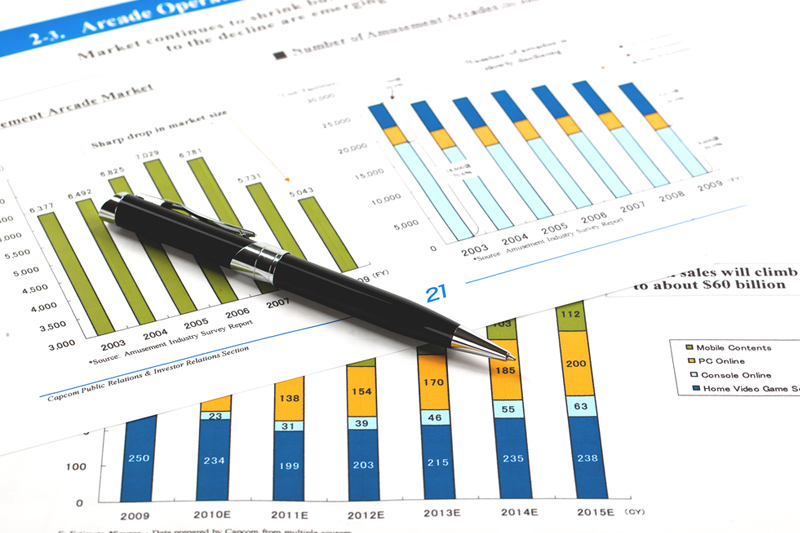Russia Halts Foreign Currency Purchases Amidst Rouble Plunge and Economic Overheating
The Russian rouble plummeted beyond 110 to the US dollar, marking a staggering one-third decline since early August, prompting the Central Bank of Russia to take emergency measures. In an attempt to stabilize the volatile financial markets and stem the currency’s freefall, the central bank announced on Wednesday a suspension of foreign currency purchases until the end of the year. These purchases, initially intended to bolster Russia’s reserves, will now be deferred to 2025. This intervention reflects the increasing pressure on the Russian economy amidst ongoing geopolitical tensions and Western sanctions.
The rouble’s depreciation is exacerbating already present inflationary pressures, with the annual inflation rate hovering around 8%. The currency’s woes are further compounded by a stock market decline exceeding 20% this year as investors shift their assets from equities to higher-yielding deposits, taking advantage of interest rates that currently stand at 21%. While Economy Minister Maxim Reshetnikov attributed the rouble’s volatility to global dollar strength and market anxieties following the most recent round of sanctions, dismissing fundamental economic weaknesses as the cause, analysts point to a confluence of factors, including the ongoing war in Ukraine, the exodus of skilled labor, and sanctions squeezing Russia’s access to international financial systems.
Underlying economic data released on Wednesday paints a picture of an overheating economy, fueled by war-related spending and labor shortages. Despite the exceptionally high benchmark interest rate, designed to curb inflation, real wages continued to climb by 8.4% year-on-year in September, unemployment reached a record low of 2.3% in October, and weekly inflation persists at close to 0.4%. This combination of factors suggests the Russian economy is grappling with a complex interplay of rising prices and limited labor supply, creating a challenging economic environment.
The central bank’s decision to suspend foreign currency purchases comes against a backdrop of sanctions that have significantly altered Russia’s financial landscape. Since being locked out of dollar and euro markets, Russia has resorted to using the Chinese yuan for its foreign exchange interventions. Under the existing budget rule, the finance ministry, through the central bank, sells foreign currency from its National Wealth Fund to compensate for shortfalls in oil and gas export revenue or makes purchases if a surplus arises. Dmitry Pyanov, Deputy CEO of VTB, Russia’s second-largest lender, attributes the rouble’s sharp downturn to recent US sanctions targeting Gazprombank, the third largest lender and a key player in energy trade, disrupting a major channel for foreign currency inflows to the Moscow Exchange.
The central bank will continue selling yuan equivalent to 8.4 billion roubles daily, effectively doubling the state’s net daily foreign currency sales from around 4.2 billion roubles. While analysts at PSB Bank believe this move will offer some support to the rouble, they caution that it may not be sufficient to restore the exchange rate to pre-crisis levels, anticipating continued volatility in the market. Alternative measures, such as compelling exporting companies to sell a larger portion of their foreign currency earnings, have been suggested, though their effectiveness remains debated given the sanctions-constrained environment.
This complex economic situation is further complicated by the shift of trading in dollars and euros to the over-the-counter market after sanctions hit the Moscow Exchange (MOEX). This shift has led to increased volatility and opacity in currency trading, with most banks reporting data only to regulatory bodies. The central bank estimates that a 10% rouble devaluation translates to a 0.5 percentage point increase in inflation, indicating that the recent depreciation could be adding as much as 1.5 percentage points to the overall inflation rate, undermining the central bank’s efforts to control inflation through its high interest rate policy.




